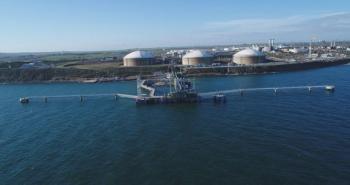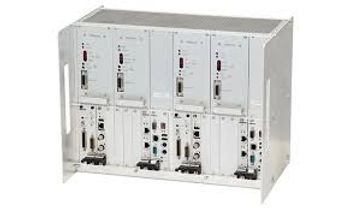
Optimum train reliability depends on critical oil system data
Any unscheduled shutdown for critical (un-spared) equipment can result in revenue loss of millions of USD, and 80 percent of the root causes of machinery failure lie in the process system and/or the machinery supporting systems.
Following best practices in all aspects of oil system specification, design, test, operation and condition monitoring is essential to maintaining optimum machinery train reliability.
(End user input in the pre-purchase order phase of the project will eliminate problems)
To ensure component selection, specify all ambient conditions and desired oil type on the oil system data sheet.
Specifying incorrect ambient temperature limits will affect oil viscosity and therefore can impact the following components:
- Reservoir heater sizing (lower than specified temperature)
- Rotary pump wear (low viscosity – higher than specified temperature)
- Driver power overload (high viscosity – lower than specified temperature)
- Cooler heat load (higher than specified temperature)
- Filter pressure drop (lower than specified temperature)
The use of a different viscosity grade oil than specified on the data sheet will also affect all of the components mentioned above.
Equipment vendor data
Critical equipment vendor data must be furnished by each vendor, and must contain the following information:
- Oil flow rate for each bearing or component
- Bearing or component friction loss (heat load – KJ/hr [BTU/hr])
- Required lube oil type
- Required oil supply pressure and temperature ranges (minimum and maximum) to each bearing or component
- Equipment coast down time
- Any special requirements (equipment cool off time, etc.)
Required site conditions
Information about site conditions is required for the proper design of the system and should be accurately stated. As a minimum, the following data should be included:
- Site environmental conditions
- All utility data
- Location of system modules (consoles) related to critical equipment – distance and elevation
- Area electrical classification
- Information or sketch detailing system arrangement (location of oil supply and drain connections, component location on modules, required space for maintenance and minimum size of modules)
Eliminating delivery delays and unreliable systems
Frequently, this information is not known until well into the project (if at all), and leads to cost adders, delivery delays and unreliable systems. End user input in the pre-purchase order phase of the project will eliminate these problems. In addition, determination of auxiliary system arrangements and module location at this time will usually result in simpler, more practical designs that can increase system reliability.
Different ambient conditions and oil grades than specified on the data sheet and used in component selection will affect the reliability of the oil system and impact the machinery serviced by the system. Case histories are full of incidents where oil systems that are not designed for the actual ambient conditions, or the oil type in use, have caused unscheduled shutdowns and loss of large amounts of revenue.
This best practice has been used since the 1970s, when an oil system design audit approach was formulated that has since been used for all new oil systems and ‘bad actor’ oil systems that had caused more than one shutdown per year. The use of this best practice has saved countless field shutdowns and maximized process unit revenue.
Newsletter
Power your knowledge with the latest in turbine technology, engineering advances, and energy solutions—subscribe to Turbomachinery International today.




